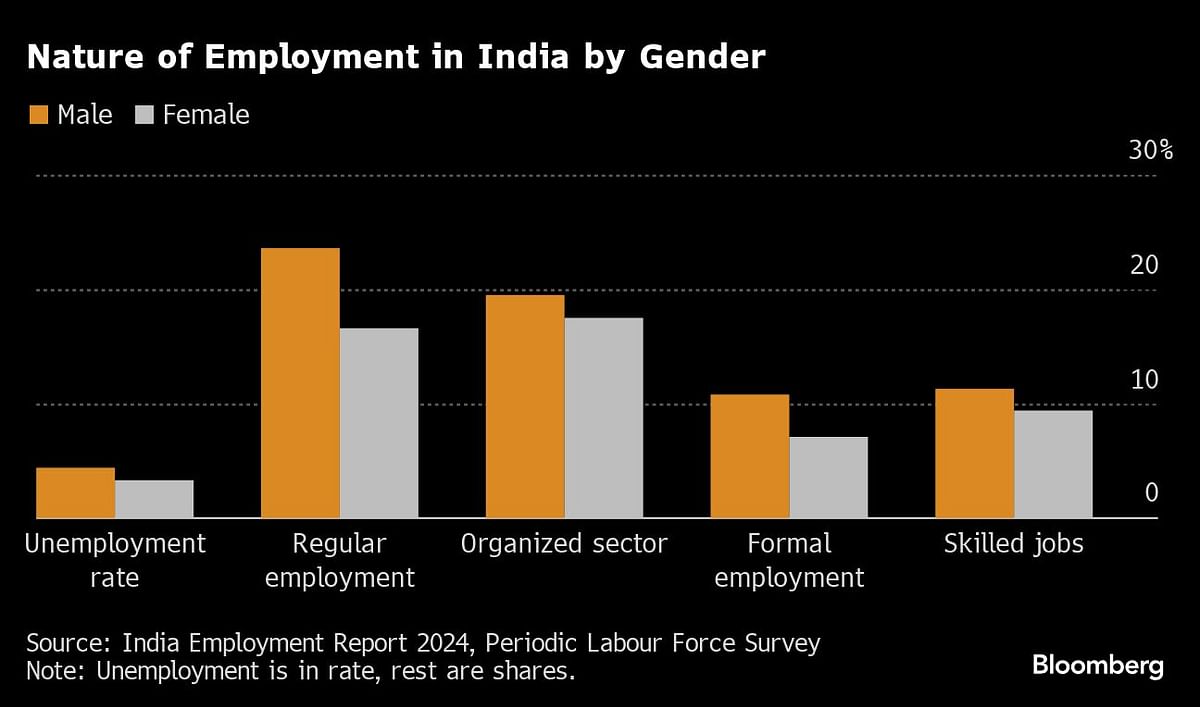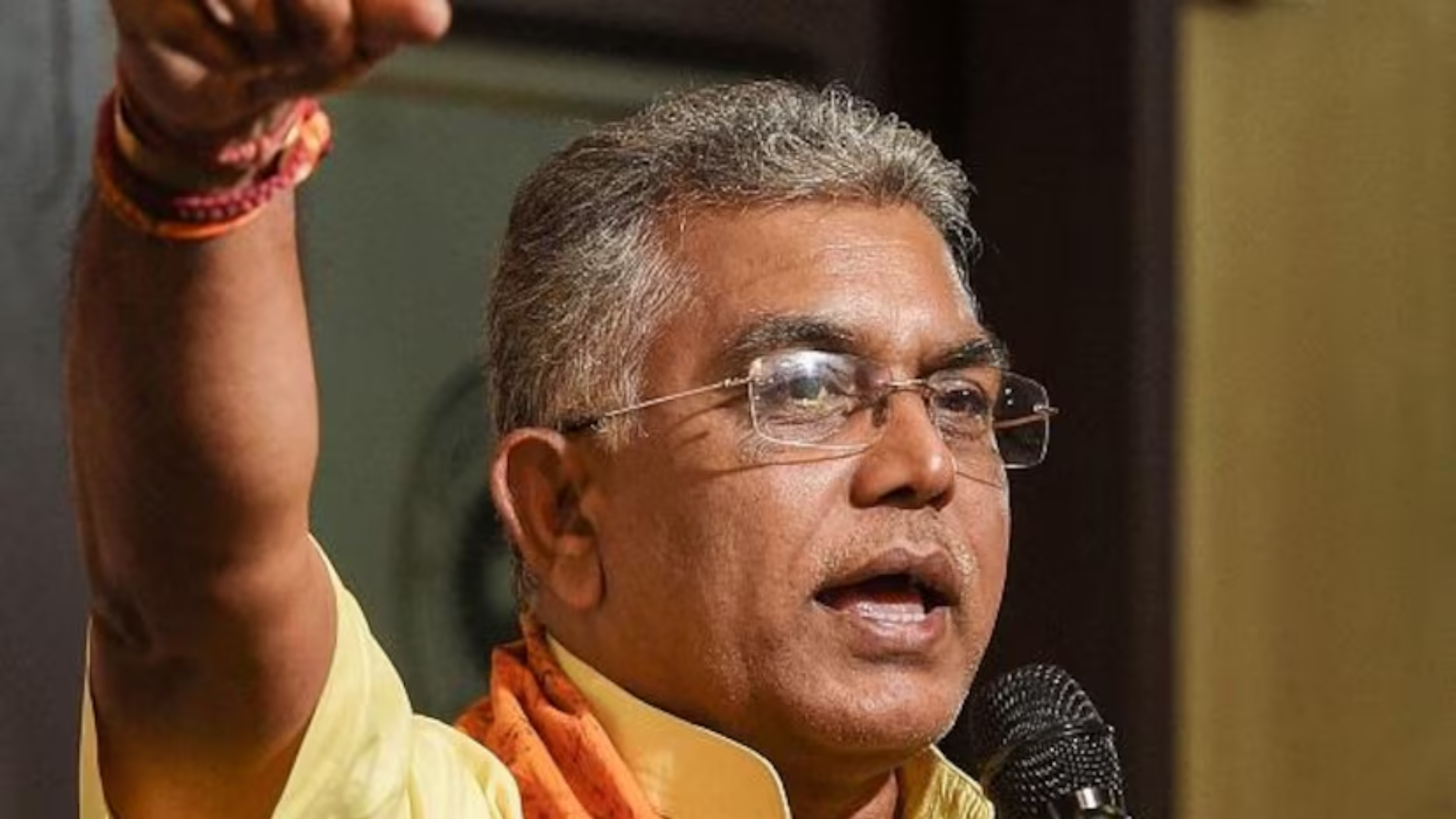










Delving into India’s job market reveals a surprising twist. Despite investing in higher education and grabbing degrees for relevant and a good job post, several young individuals find themselves facing unemployment. This phenomenon is leading to break the belief of the proportion between education and employment.
In the latest research by International Labour Organization (ILO), in India, higher educated young people are more likely to be unemployed than those without any schooling.
The research indicates that the unemployment rate among graduates is significantly higher, standing at 29.1 percent, compared to 3.4 percent among those who lack basic literacy skills.

The ILO highlighted that youth unemployment, particularly among those with at least a secondary education, has been on the rise in India. The unemployment rate for young people with secondary education or higher is 18.4 percent, six times higher than the overall rate.
These findings suggest a significant gap between the skills possessed by the workforce and the demands of the job market, echoing concerns raised by economists such as former central bank Governor Raghuram Rajan about India’s educational system hindering its economic growth potential.
Moreover, while the percentage of unemployed youth has decreased slightly over time, the proportion of educated youth among the unemployed has increased, indicating a persistent issue.
The data also sheds light on the disproportionate impact on women, with women constituting a larger share of educated unemployed youth compared to men. India’s low female labor force participation rate, which stands at about 25 percent, remains a concern, although there was a slight improvement during the pandemic due to an increase in subsistence employment.
Additionally, the report highlights that urban areas face higher rates of unemployment compared to rural areas. In contrast, in China, the unemployment rate among young people aged 16-24 is significantly higher than the overall urban population, indicating similar challenges in matching skills with available employment opportunities.









